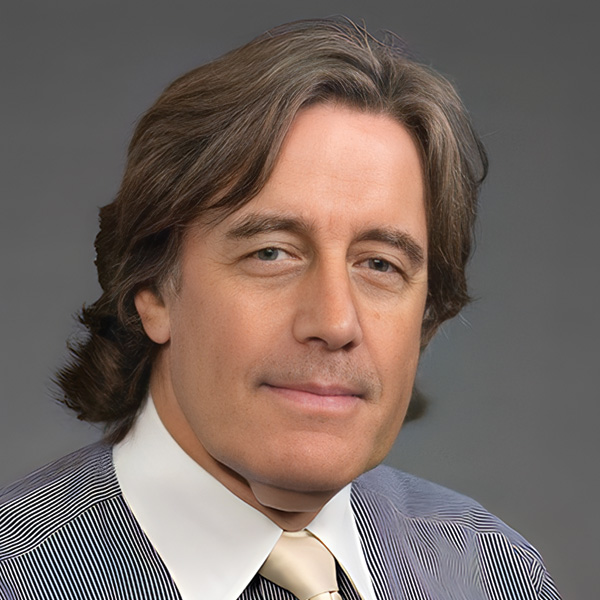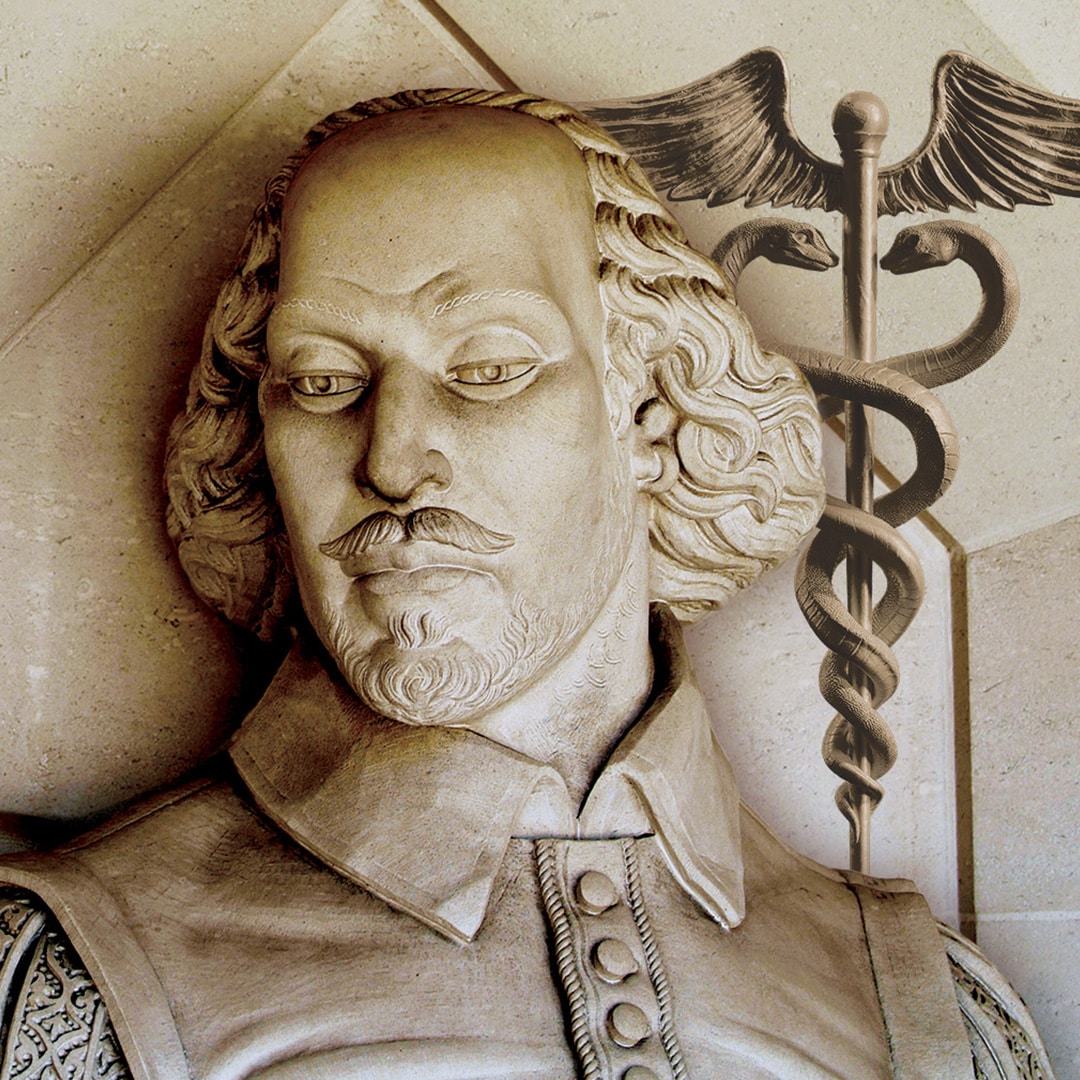Jumping frogs of Luigi Galvani
Evinced animal electricity
Muscles still twitching way down the valley
Of death, elegant synchronicity
As applied to the beating of the heart
Nature signals the myocardium
Atria and ventricles play their part
But when volts are curbed, replacement paths hum
Half-century of research around the world
Led to Boston, an external pacemaker
Stimulated rhythms and life unfurled
Then devices implanted, much smaller
Batteries and leads for a lifetime’s charging
Controlled power keeps those muscles pulsing
Backstory
Dr. Mark Cowley Lidwell, a physician and anesthetist at the University of Sydney, Australia, started work on a machine that could apply an electric current to resuscitate neonates who presented with asystole. His first patient was treated in 1926 using a transcutaneous needle and mains electricity. This achievement received much attention but did not gain acceptance clinically; nor did the efforts of Albert Hyman in New York and Wilfred Bigelow in Toronto over the next two decades. It was not until the 1950s that the technique, which became known as cardiac pacing, came into prominence.
Dr. Paul Zoll, a Boston physician and electrophysiologist, started work on an external pacemaker in 1950, and over the next few years successfully used his devices to resuscitate a variety of patients with heart block. These devices were rather cumbersome and stimulation was painful, requiring sedation. Dr. C. Walton Lillehei, cardiothoracic surgeon in Minnesota, and engineer Earl Bakken worked on alternative technologies, sewing pacemaker leads directly onto the myocardial surface, pulling these leads through the skin for connection to an external pacemaker. Bakken, who went on to found the Medtronic company, developed the battery powered pacemaker but this still required transcutaneous access. It was the Swedish physician and biomedical engineer, working at the Elema-Schonander company that developed and used the first fully implantable pacemaker in the late 1950s. There have been many refinements of this technology over the years, especially with the transvenous pacing technique developed by Dr, Seymour Furman, and the lithium – iodine battery introduced by Wilson Greatbach, and today some 600,000 pacemakers are implanted annually world-wide.



